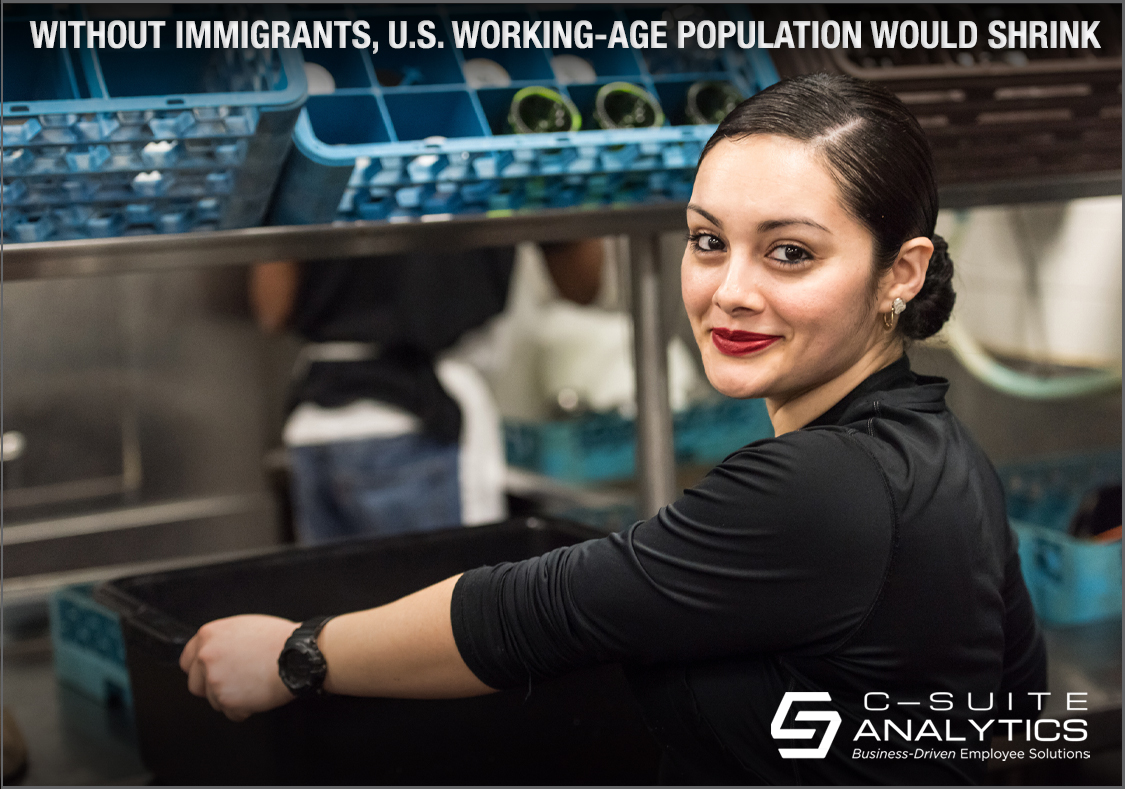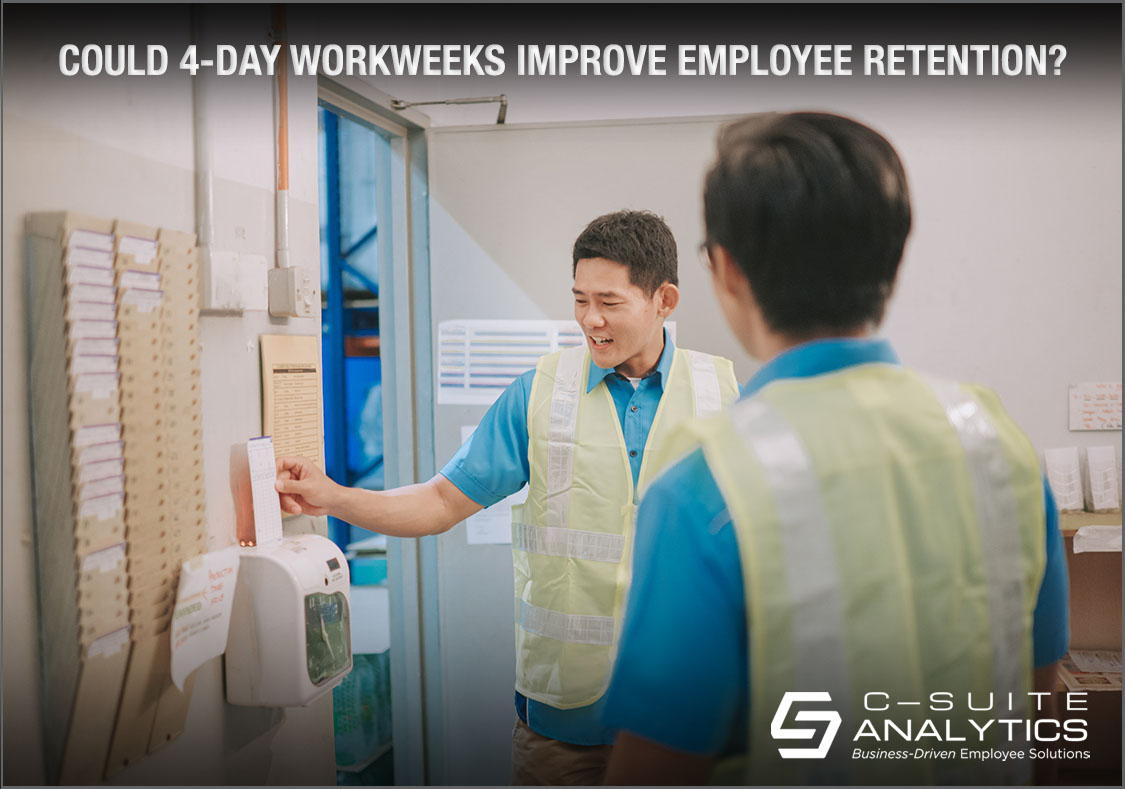According to the National Education Association, a full 600,000 teachers have already left teaching since January 2020, and a recent NEA poll indicated 55% more will quit prematurely. So, teachers are fast becoming a very talented recruiting pool.
BREAKING NEWS: Employee Engagement Plunged from 38% to 31% in One Month

Gallup has been tracking employee engagement since 2000, twenty-years plus, and has unwrapped another pandemic surprise. Here are the important numbers for U.S. engagement:
- Engaged employees between 2000 and 2019 barely budged, gradually rising from 27% to 35%.
- In May of this year, engagement reached its all-time high of 38%.
- Then in June engagement plunged to 31%.
The reasons Gallup sites for these nearly-overnight changes are fascinating, but let’s first put that data from 2000 to 2019 into perspective. At best, about one-third of our workers have been engaged, defined by Gallup as work with passion and feel a profound connection to their company. The remaining employees fall into one of two groups, either…
- Not Engaged Employees are essentially checked out, “sleepwalking” through their workday putting time—but not energy or passion—into their work.
- Actively Disengaged Employees are busy acting out their unhappiness, undermining what their engaged co-workers accomplish.[i]
Gallup’s clever nicknames for these two laggard groups are sleepwalkers and sabotagers.
Before moving on with more data, take a moment to compare these results with your own company’s employee engagement. Do better than one third work with passion and profound connection to your company? Or are you also in the “one-third club”, with a small group of employees leading by example and the rest turtling along? And how much would productivity improve if you could jump-start your percent of engaged employees to half or more?
While the data trends above hardly present a stellar record, U.S. engagement nonetheless leads the world. More numbing is that Deloitte says U.S. companies invest $1.53 billion each year to improve engagement and you can see the failed results.[ii] I’ll address the reason for this vast failure later, this massive flushing of money for zero outcome.
Onward to last May, the major engagement surge. While all months seem to blur together during this pandemic, I recall May as a time when reality hit the wall, a time when we began to fully grasp that this forced lifestyle change wasn’t going away. Why, then, did employees commit themselves more, work harder, aim their focus more toward their jobs than ever before?
Gallup suggests the reasons for this improvement are all pandemic-related in that (1) employers are communicating better than usual, (2) employees feel fortunate to have jobs, and (3) those who have been released tended to be less engaged.[iii]
I suspect, too, that our collective loneliness caused by the pandemic motivates us to maximize the reduced number of connections available to us, increasing our attention to our colleagues and our work for the short term.
The good news then was we somehow increased engagement despite many of us working from home, stuck in Zoom-world. The bad news was Gallup’s three reasons for engagement’s improvement threw gloom over whether this increase would sustain. And let’s consider, too, that these results do not include those millions who lost their jobs who are not included in the data.
Then came June’s report which showed Gallup’s most significant drop in history, where engagement decreased to 31%…fast. Gallup tells us the largest decline “was among those in managerial or leadership positions, as well as non-White respondents and those with Democratic political party affiliations or independents”.
And related to their overall pandemic-related engagement tracking, Gallup said this:
Between March and April, employees expressed that their employers had improved in their communication and preparedness. This perception of their employers had since leveled off up until June when employees said they felt much less prepared to do their work and rated employer and supervisor communication lower. Self-reported social distancing among employees is also lower.
One interpretation is everyone distanced themselves from pandemic-related responsibilities, employers and employees alike. And a little too much.
There have been no past engagement fluctuations of this scope, ever. Not during the period following 9/11 nor during the great recession. Possible reasons are society’s unrest following George Floyd’s killing, employers became less clear of their plans as businesses began to re-open, or previously laid-off employees returned to work who had been historically less engaged.
Let’s pause here to make a profound point:
The #1 shortcoming of employee surveys is they provide data but not solutions.
The above data is fascinating, as interesting as anything I’ve ever read in decades regarding employee engagement. But knowledge without next-step improvement implementation is worthless. Next Tuesday on October 13th I’ll tell you how to leverage this data with actions to lead your organization to radically improve your employee engagement.
Please email your comments to me at DFinnegan@C-SuiteAnalytics.com. You are also welcome to forward this blog to anyone you believe would find it helpful.
[i] https://news.gallup.com/businessjournal/11956/getting-personal-workplace.aspx
[ii] https://www.prnewswire.com/news-releases/bersin–associates-first-ever-employee-engagement-solution-provider-buyers-guide-identifies-latest-trends-in-a-fast-growing-153-billion-market-166098106.html
[iii] https://www.gallup.com/workplace/311561/employee-engagement-continues-historic-rise-amid-coronavirus.aspx



